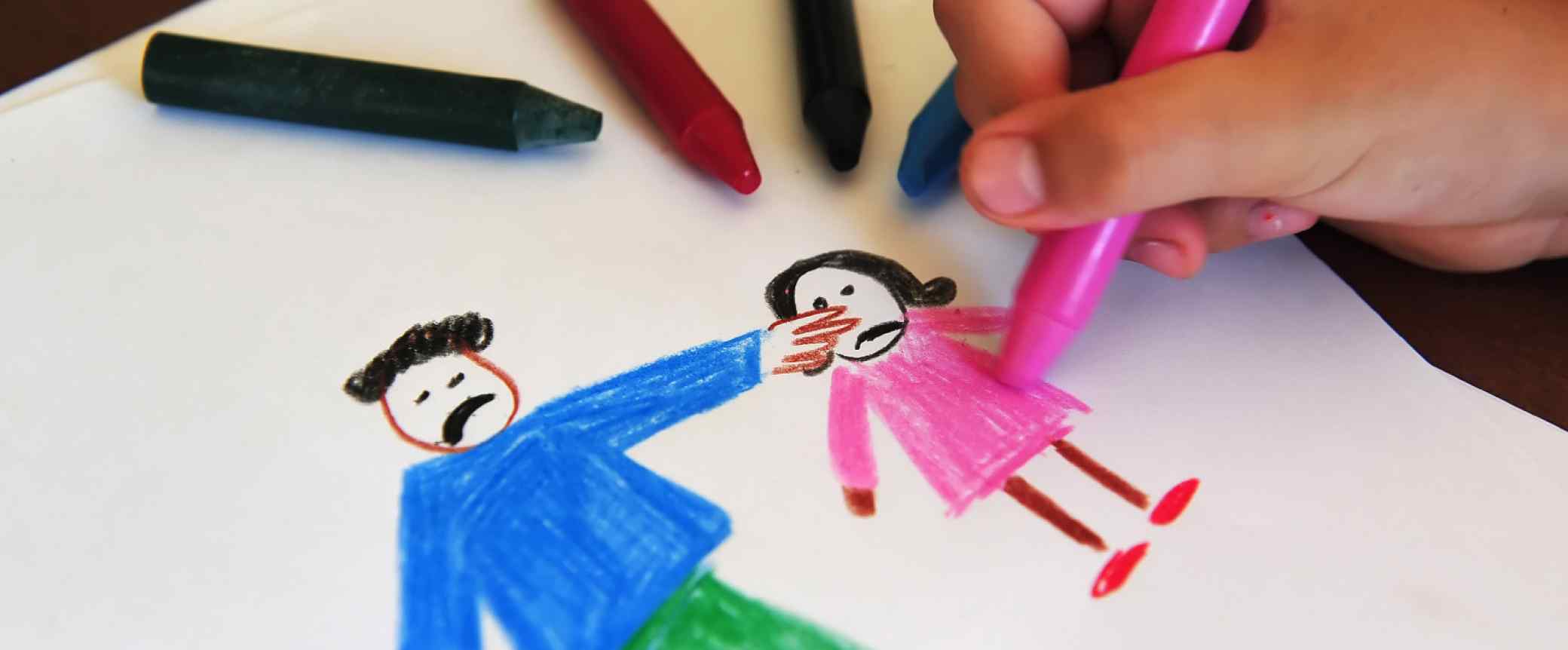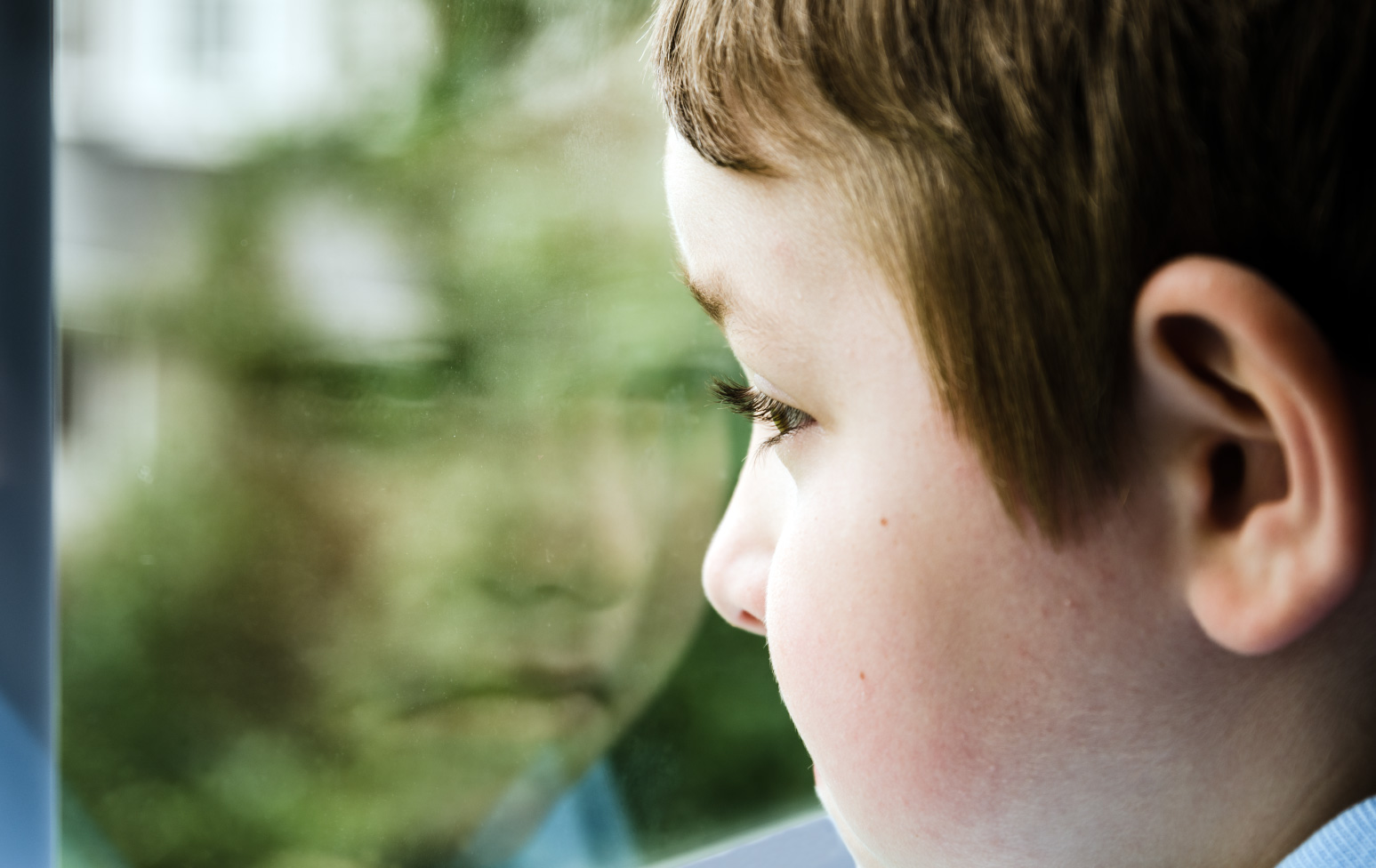Why psychoanalysis is a useful approach when working with children

This is a considered response to Dr Richards article ‘The problem with using psychoanalysis on children’ in The Conversation 18th December 2018.
Disclaimer: we are child and adolescent psychotherapists and, yes, we have read Freud. We have also read many other people, and each of us has worked for over 40 years with children and young people.
A recent article published on The Conversation website questioned the suitability of a psychoanalytic approach to working with children. One could argue that what should be questioned is why such outdated views on psychoanalytic practice are still so widespread, particularly in the academic environment which ought to be informed on up-to-date research and recent developments. The mainstream media have published accessible articles on the use of psychotherapy. Results of the first rigorous NHS study of psychoanalysis have been available for several years now. Training at doctoral level is offered by child & adolescent psychotherapy schools; these, based in London, Birmingham, Leeds and Glasgow, are linked with universities (UCL, Robert Gordon and Essex) and clinical research doctorates are undertaken alongside theoretical and clinical training. Indeed, the parallels with other NHS professions such as Clinical Psychology are evident.
It is distressing that Dr Richards should start a hare that really no longer runs. If he were to re-read his own quoted source (paragraph 3 – article by George Dvorsky), he would remind us more honestly that psychoanalysis has developed since Freud’s day and furthermore that Dvorsky is lauding the important legacy of Freud. In turn quoting Westen, Dvorsky writes:
In summation, Westen says there are five broad areas in which the work of Sigmund Freud remains relevant to psychology: the existence of unconscious mental processes, the importance of conflict and ambivalence in behavior, the childhood origins of adult personality, mental representations as a mediator of social behavior, and stages of psychological development.
Dr Richard’s dismissal of unconscious mental processes on the grounds that he ain’t seen any seems, at least, specious and certainly remarkably unacademic (see Stamenova & Hinshelwood 2018). But perhaps we should forgive a piece that is polemic rather than research.
Child psychotherapists work with (and the ‘with’ is important) children who have not been able or been allowed to develop emotionally as all children are entitled to. Trauma is the most frequent feature in their lives – sexual, physical and emotional abuse, neglect, loss; they may react to this by attacking others (violence, delinquency, abusing), being fearful and withdrawn, feeling suicidal or harming themselves. Many have had multiple breakdowns of care. These children are the most vulnerable in society (and the ones most rejected by society) and the child’s therapy is seen in the context of cultural and societal issues. We work in teams – multi-professional teams – and include the family, the carers, the school, social and community workers and any support network that might have help to offer or need advice and support itself. Most of us are NHS workers, based in CAMHS, hospitals, specialist paediatric departments; many are employed in Leaving Care teams in Social Care or with charities working with children in the independent sector. Child Psychotherapists are also at the forefront of working with young asylum seekers and refugees. This integrated approach to the treatment is vital in facilitating some recovery in extremely troubled and distressed children and young people.

The notion that: “most analysis focuses on children being the problem” (Richards, 2018 p1) is wide of the mark in that it misses that the children we see are in distress. They are not ‘the problem’. Equally we would refute:
“Psychoanalysis does also not fully acknowledge the power of labelling and stereotyping that takes place within schools and in other aspects of a child’s life“
Richards, 2018
If a child is seen as a problem in school, part of the task will be to help the school understand that this is the only way the child can find, for the moment, to express his/her anxiety, and to help child, family and school together find a way of working that does not stigmatise but helps the child gain the most from school. We would call this ‘anti-labelling.’ Work with children enables them to recognise and understand their anxiety, put it into words and gain control of how they cope with it. It should lead to recognising why they feel as they do (many children are at the mercy of their emotions, have never had a carer who could explain and contain, nor been helped to understand what they feel and how they can manage with such feelings). The coping strategies developed in this joint work are long-lasting. The following references will provide useful research information:
Midgley, N. (2009) ‘Child Psychotherapy and Research: New Approaches, Emerging Findings’, Hove & New York: Routledge
Kennedy E. (2004) ‘Child and Adolescent Psychotherapy: A Systematic Review of Psychoanalytic Approaches’ and Kennedy E. & Midgley N. (2007) ‘Process and outcome research in child, adolescent and parent-infant psychotherapy: A Thematic Review’, both published by Health Education England.
Our understanding is based on our psychoanalytic training. And psychoanalysis has developed a lot since Freud died in 1939. Apart from theorists whom Dr Richards has patently never read, psychoanalysts have developed attachment theory (Bowlby) and family therapy models and child psychotherapists have been vital in the establishment of AIMH(UK) – the Association for Infant Mental Health. Parent-Infant work (PIP teams) is a psychoanalytic offshoot. Child Psychotherapists teach health visitors, social workers, teachers, psychiatrists, paediatricians – people who want to enhance their understanding of children, many of whom attend groups offered by all the child psychotherapy training schools and undertake Masters level courses. Many of us teach internationally, involved in trainings in a number of other countries.
We are well aware of the social and political pressures on children today. The ACP has published Silent Catastrophe as one strand in the – finally – vociferous demand to improve mental health provision for children – there is a desperately long wait for help in the NHS, due to fierce governmental cuts that will not be remedied by promises of future funding. To assume that we ignore poverty is laughable – where is your evidence, please? – and to say that we ignore self-harm is frankly offensive. We are in the work because we see the dire situation that many children are in: we lobby, write, make a noise with government and political parties but we also help children regain the developmental track that should have been theirs but for gross trauma and adversity, and thus open up the possibility of real and different choices for their futures.
For more information about child & adolescent psychotherapy training please visit the websites of the Association of Child Psychotherapists and IPCAPA at the British Psychotherapy Foundation.
further reading:
Bowlby, J. (1988) A Secure Base. Clinical Applications of Attachment Theory. London: Routledge.
Daws, D. (1989) Through the Night: Helping Parents with Sleepless Infants. London: Free Association Press. Further edition in press with updated
Dowling, D. (in press) An Independent Practitioner’s Introduction to Child and Adolescent Psychotherapy: Playing with Ideas. London and New York: Routledge
Music, G (2019) Nurturing Children: From Trauma to Growth using Attachment Theory, Psychoanalysis and Neurobiology London & New York: Routledge
Author also found at http://www.nurturingminds.co.uk/
Lanyado M. and Horne, A. (1999 and 2009) The Handbook of Child and Adolescent Psychotherapy: Psychoanalytic Approaches. London and New York: Routledge
Stamenova, K and Hinshelwood, RD (eds.) (2018) Methods of Research into the Unconscious Abingdon & New York: Routledge
Winnicott, D.W. (1965) The Maturational Processes and the Facilitating Environment. London: Hogarth Press.
Horne, A & Lanyado, M – Independent Psychoanalytic Approaches with Children and Adolescents Series London & New York: Routledge – seven volumes and two more in preparation.